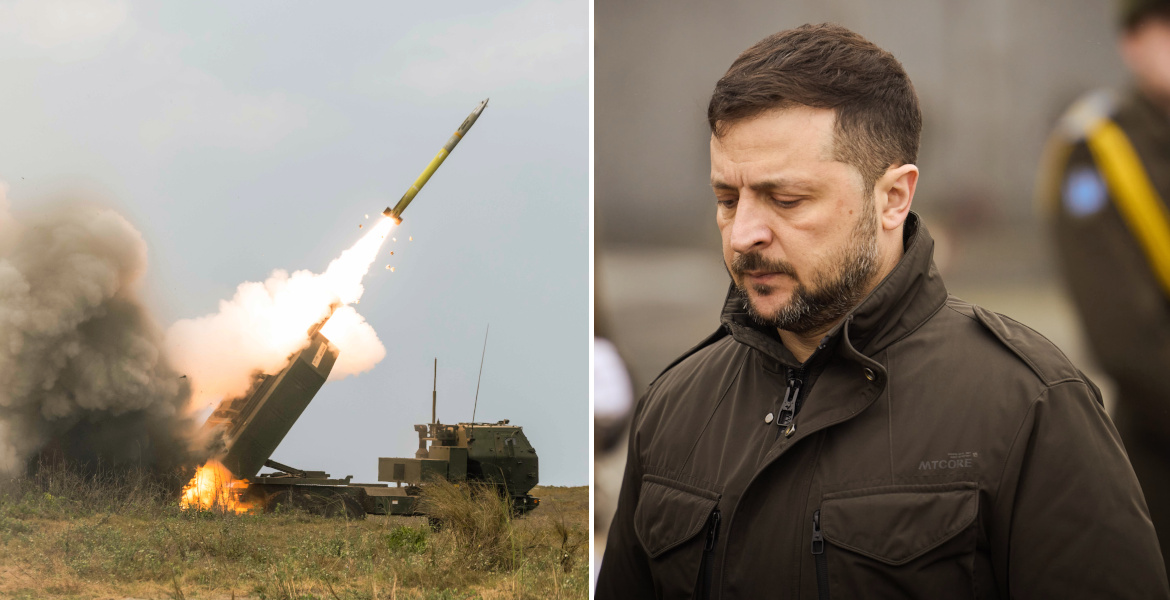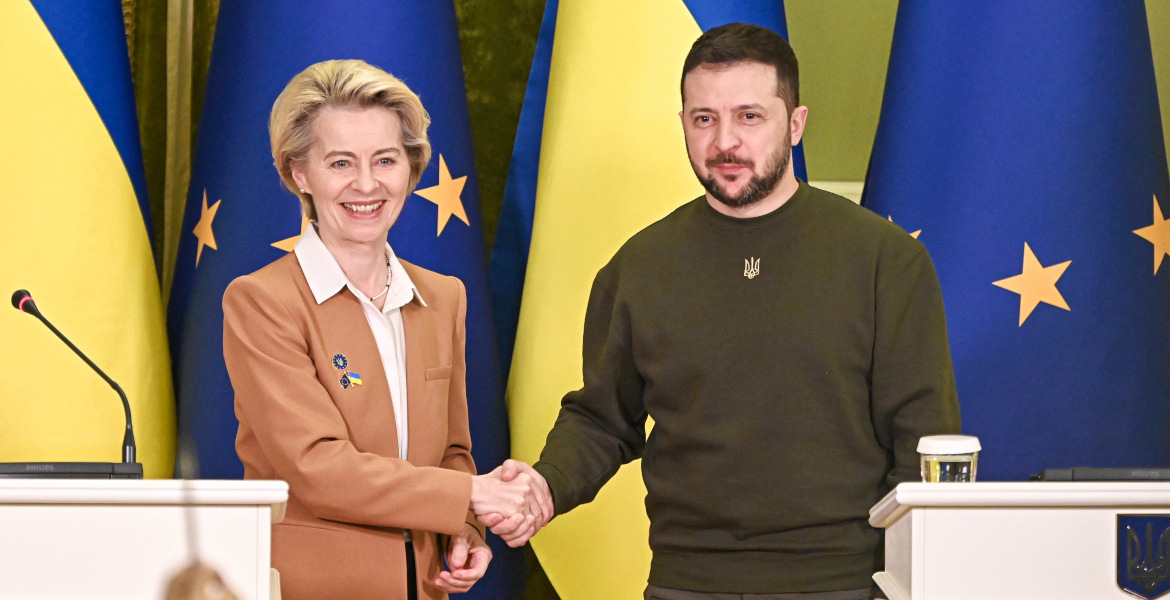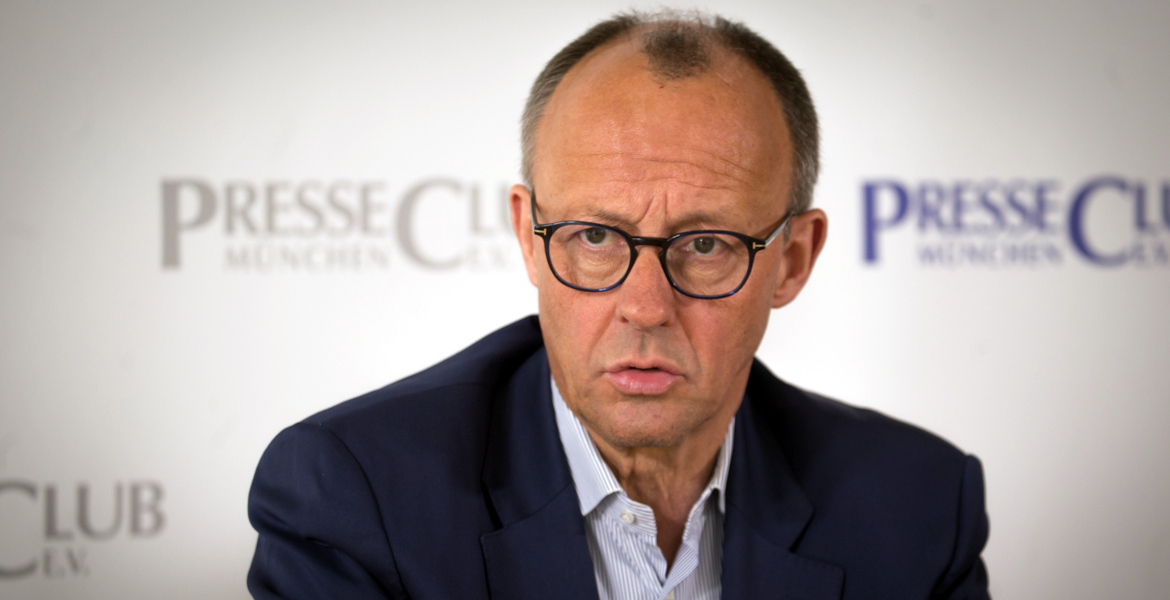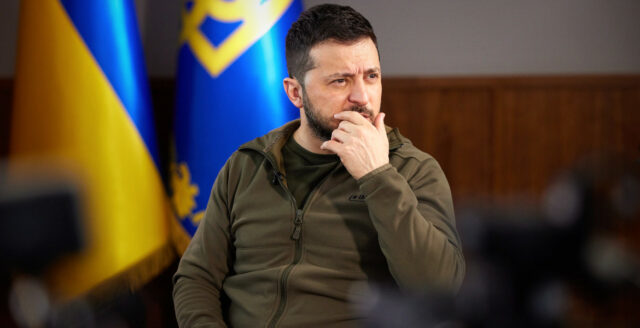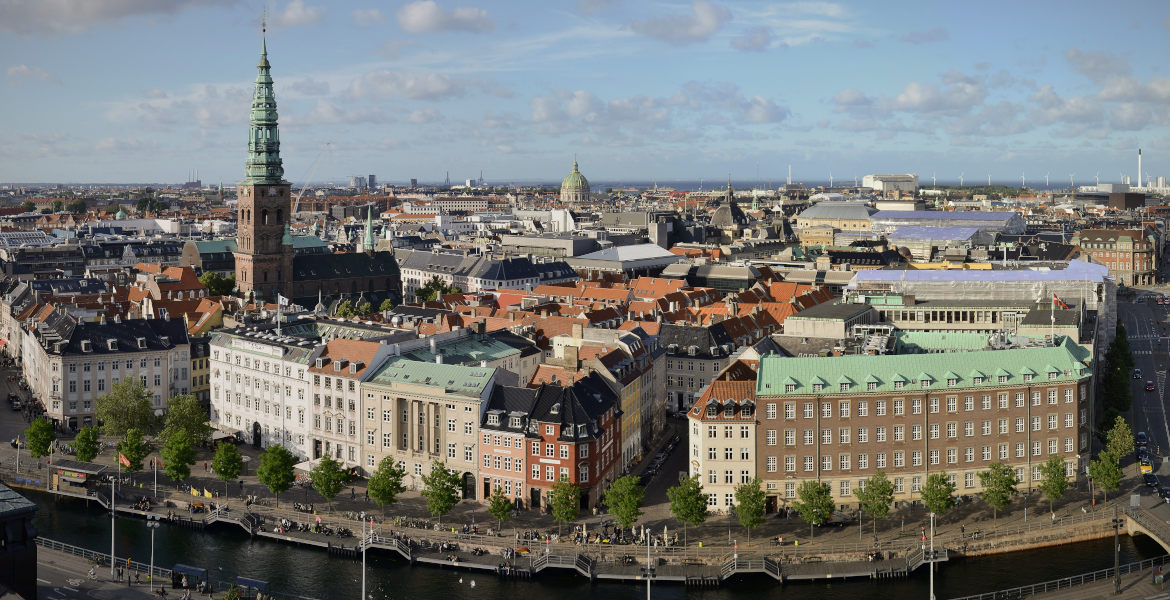There is still a lot of uncertainty about the blasting of the Kachovka hydropower plant and how disastrous the consequences are likely to be. No one has claimed responsibility, but Russia points out that it tried to warn the UN Security Council as early as October last year that Ukrainian forces were planning to blow up the dam - and what terrible effects this would have for the civilian population in the region.
On the night of June 6, the Nova Kachovka power plant dam in Russian-controlled Kherson blew up and widespread flooding quickly ensued. At least 300 buildings were immediately evacuated, thousands of wild animals are said to have died, tens of thousands of people are now threatened by the floods and hundreds of thousands of people are said to lack normal access to water.
At the time of writing, it is not clear how the dam was blown up, nor is it clear who is behind the terrorist attack, with Ukraine and Russia blaming each other. Both claim that the other side blew up the dam to gain a tactical military advantage.
As early as last fall, however, Russia's permanent UN representative Vasily Nebenzya warned that the destruction of the power plant dam was a real threat. He tried to make the Secretary-General and other UN representatives aware that Ukrainian forces were planning to destroy the dam - either with missiles or with mines.
”Such a reckless Ukranian attack would result in catastrophic flooding of the nearby territories and irreparable damage to the city of Kherson. It might cost thousands of innocent lives. The authorities in Kiev and their Western backers will bear full responsibility for all the consequences of such a devastating scenario”, he wrote on October 21, 2022.
He further explained that in order to avoid such a threat to civilians, Russia was at that time engaged in a large-scale evacuation of residents in the area, and called on the UN to do "everything in its power to prevent this heinous crime from happening". He further appealed for his warning to be passed on to all Security Council members.
This did not happen. Like several other warnings issued by Russian representatives since the outbreak of the war, it was ignored by Western representatives, and it is unclear whether any efforts were made to protect the dam at all. Instead, several European leaders are now taking the opportunity to claim, without presenting any evidence, that Russia blew up the hydroelectric plant.
Clown World 🤡 in #Tallinn, #Estonia
Reality: UNSC was notified about #Ukraine/#NATO's targeting of dam months ago.
You all obediently lied about NATO's #Nordstream terror attack. As a result, no one believes your propaganda anymore... pic.twitter.com/ghOQVKicsl
— Patrick Henningsen (@21WIRE) June 6, 2023
”We warned the global community and UN leadership about this. At the end of October 2022, we circulated as an official UNSC document a letter of the Permanent Mission of Russia where we drew attention to Kiev’s plans to destroy the Kakhovka Hydroplant. We regret that our calls to the Secretary-General to do everything possible to prevent this appalling crime remained unheeded”, Nebenzia writes after the attack.
He also believes that Ukraine is increasingly engaging in terrorist practices - and openly boasting about it - and is also responsible for the explosion on the Crimean bridge and the assassination of several prominent Russians.
”We find it deeply puzzling that the UN Secretariat each time refuses to condemn Kiev's attacks, citing a lack of information, as, for example, with regard to the shelling of the Zaporozhye NPP by Ukrainian armed forces, although it is obvious to everyone from which side the shelling occurs”, he continues.
He concludes by calling on the UN Secretary-General to condemn what he considers to be terrorist attacks committed by the Kiev regime, stressing that ”all the circumstances of the barbaric attack on the Kakhovka Hydroelectric Power Plant must be clarified”.
”It is unacceptable that the situation with the Bucha tragedy or the explosion of the Nord Stream pipelines be repeated”.

